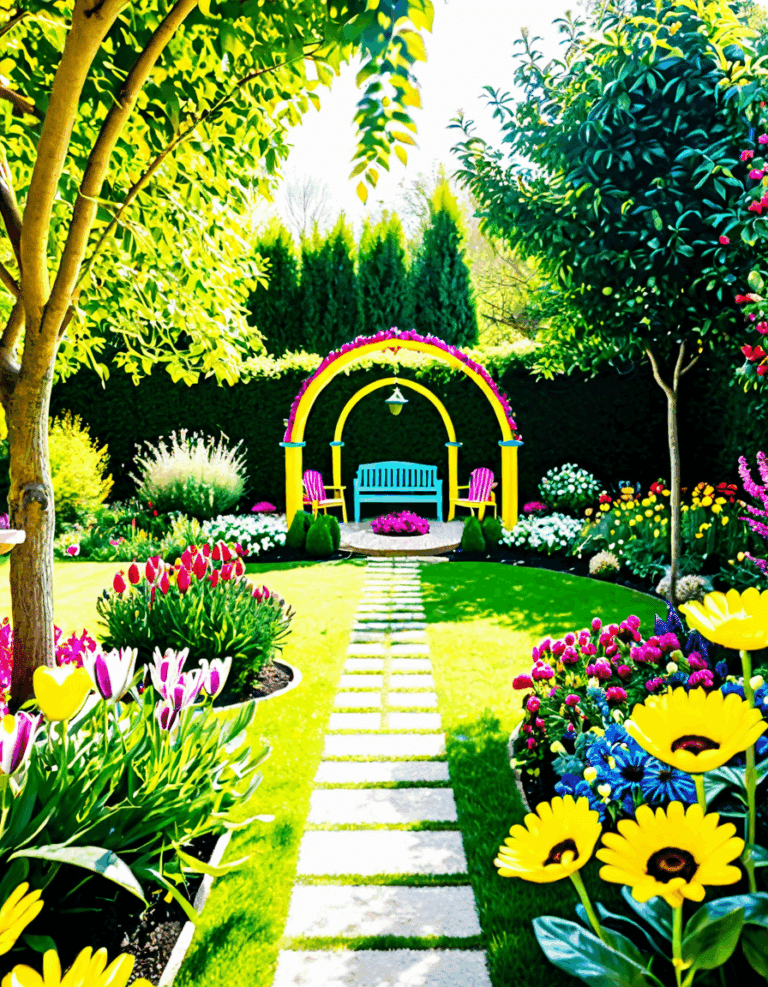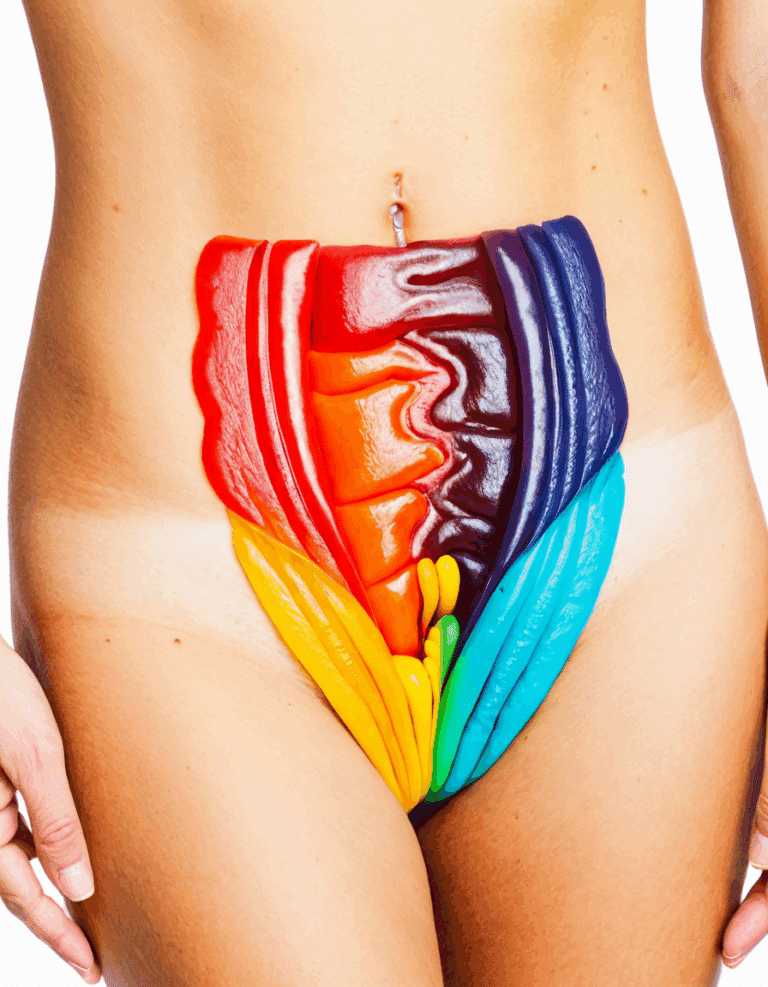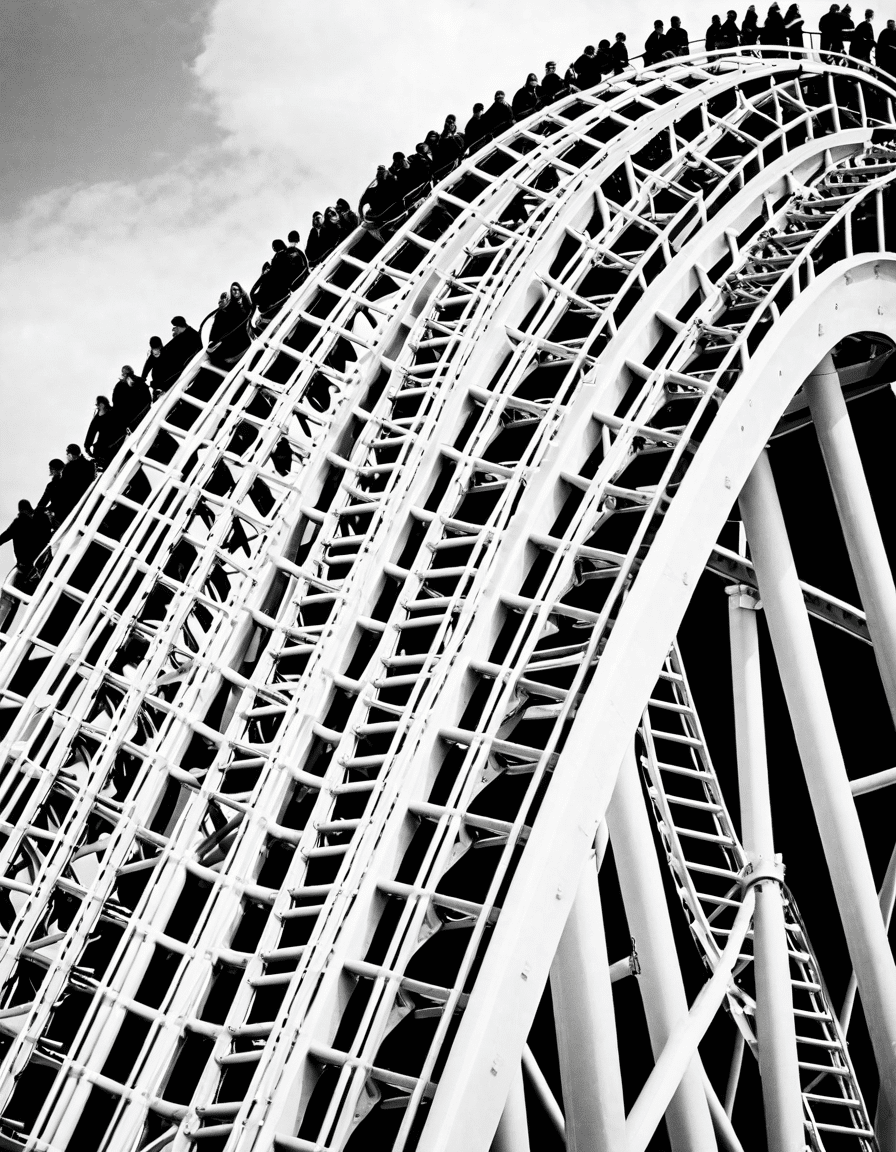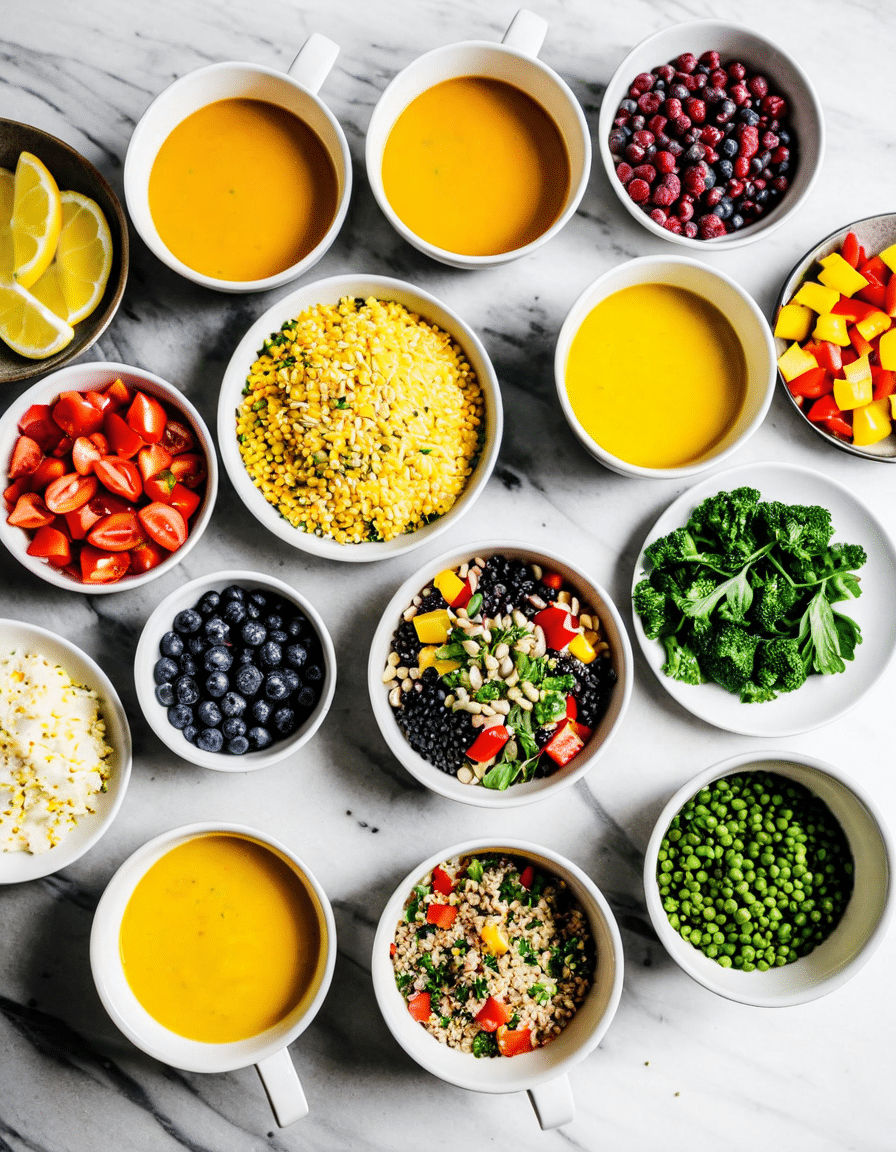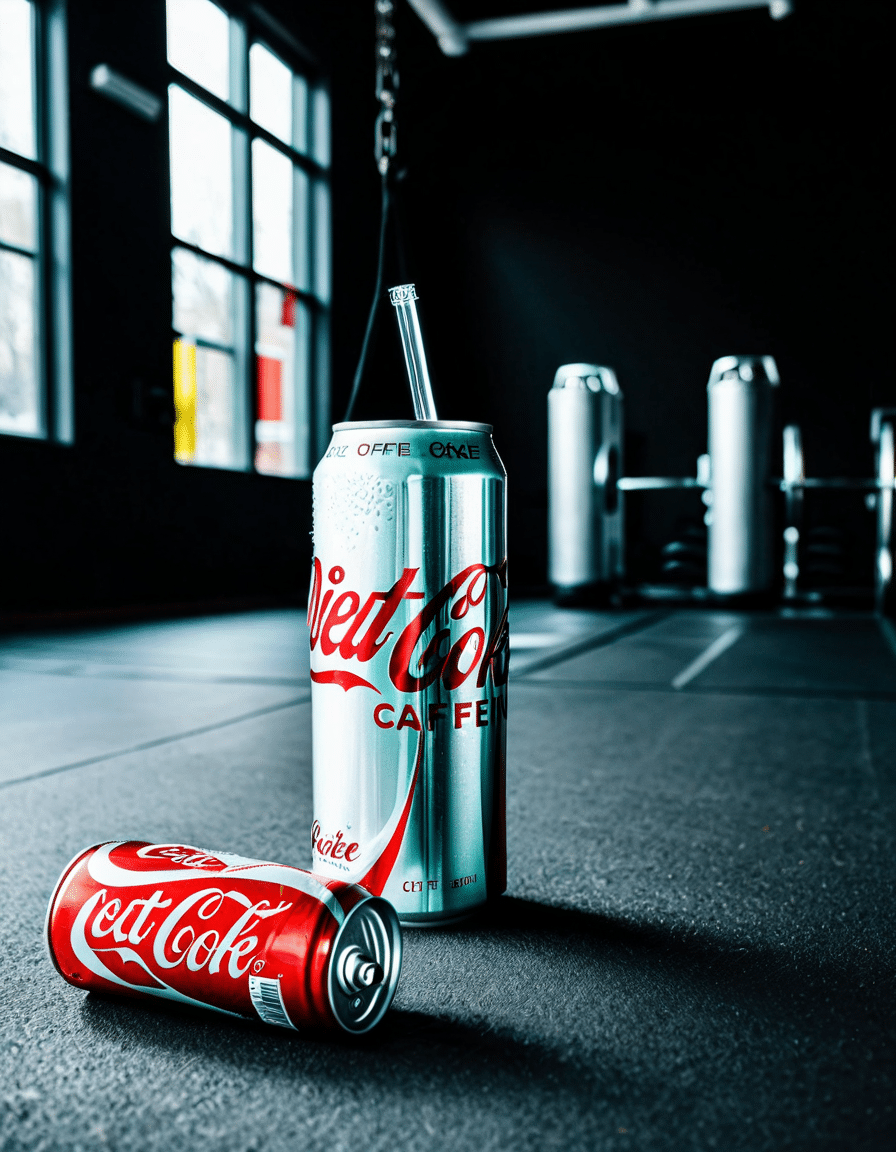Hedonic adaptation—it’s a sneaky little thief that robs us of our happiness over time. You know how the excitement of getting a brand-new gadget fizzles out after a few weeks? That’s hedonic adaptation in action. It’s the phenomenon where the pleasure derived from new experiences diminishes, and understanding how it works is vital if we want to maintain joy and fulfillment in our busy lives. In this article, we’ll explore seven specific ways hedonic adaptation influences our happiness, equipping you with the knowledge to reclaim your contentment and keep chasing those shredded abs and peak fitness!
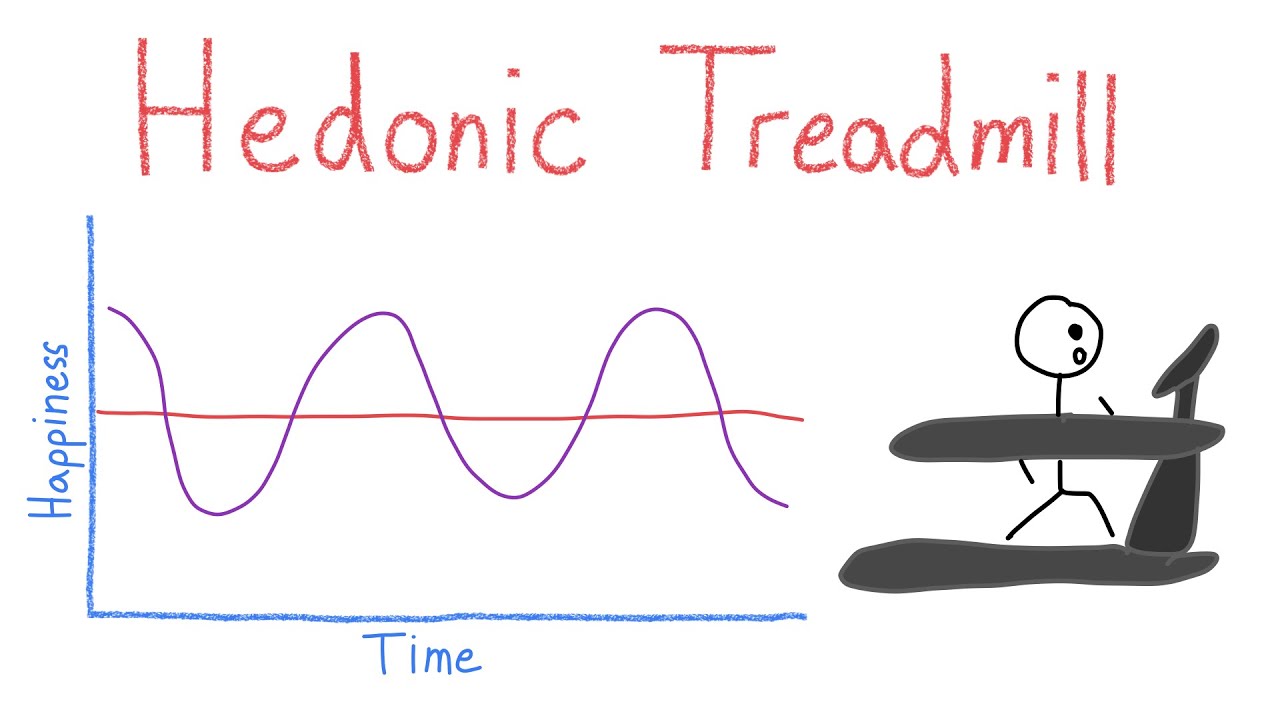
Top 7 Ways Hedonic Adaptation Influences Your Life
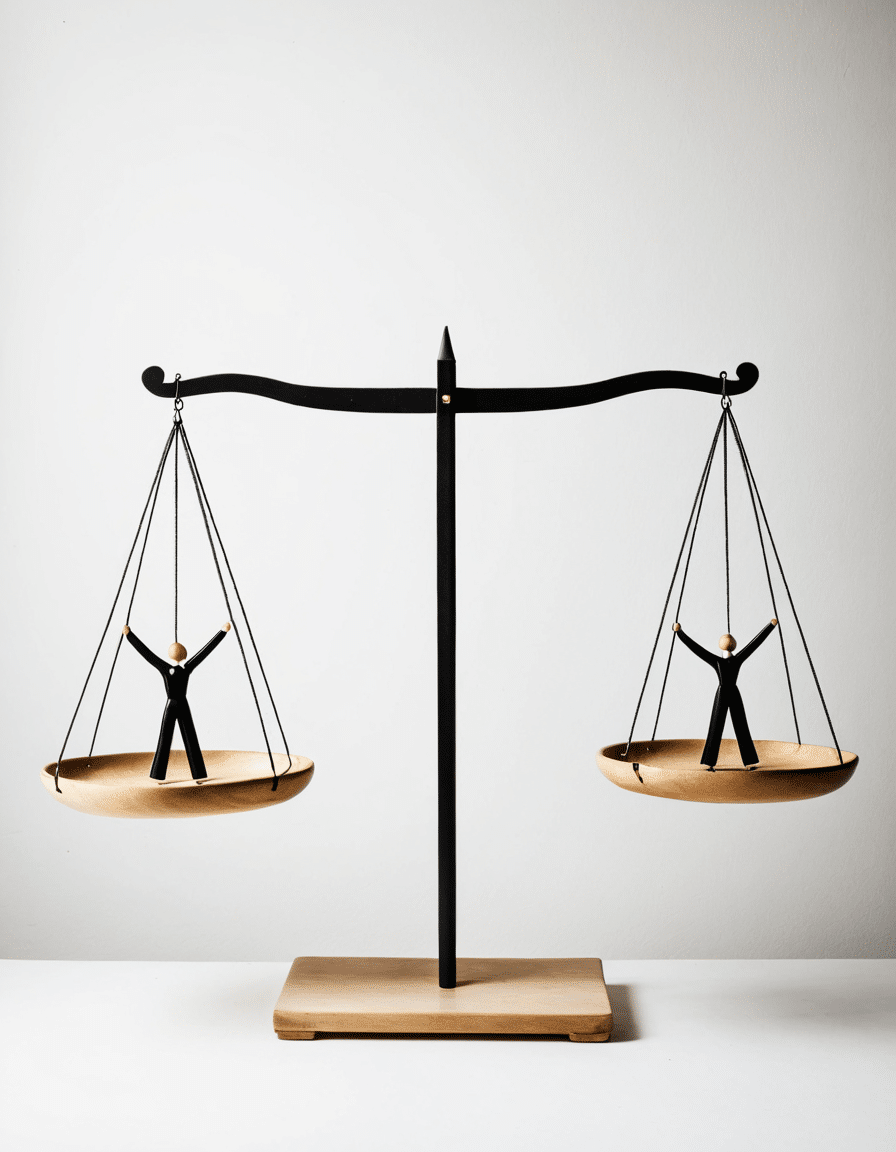
1. The New Car Syndrome
Buying a new car brings a rush of adrenaline. Who doesn’t dream of that shiny ride? But the thrill fades quicker than you think. Studies show that excitement about a new vehicle peaks within months and plummets about seven months post-purchase. With every road trip, our hearts might get a little heavier—unless that Tesla is parked in your driveway. The allure of those innovative features wears off as the everyday grind takes over. Keep this in mind: to stay happy, consider using your car not just for errands but also for thrilling adventures.
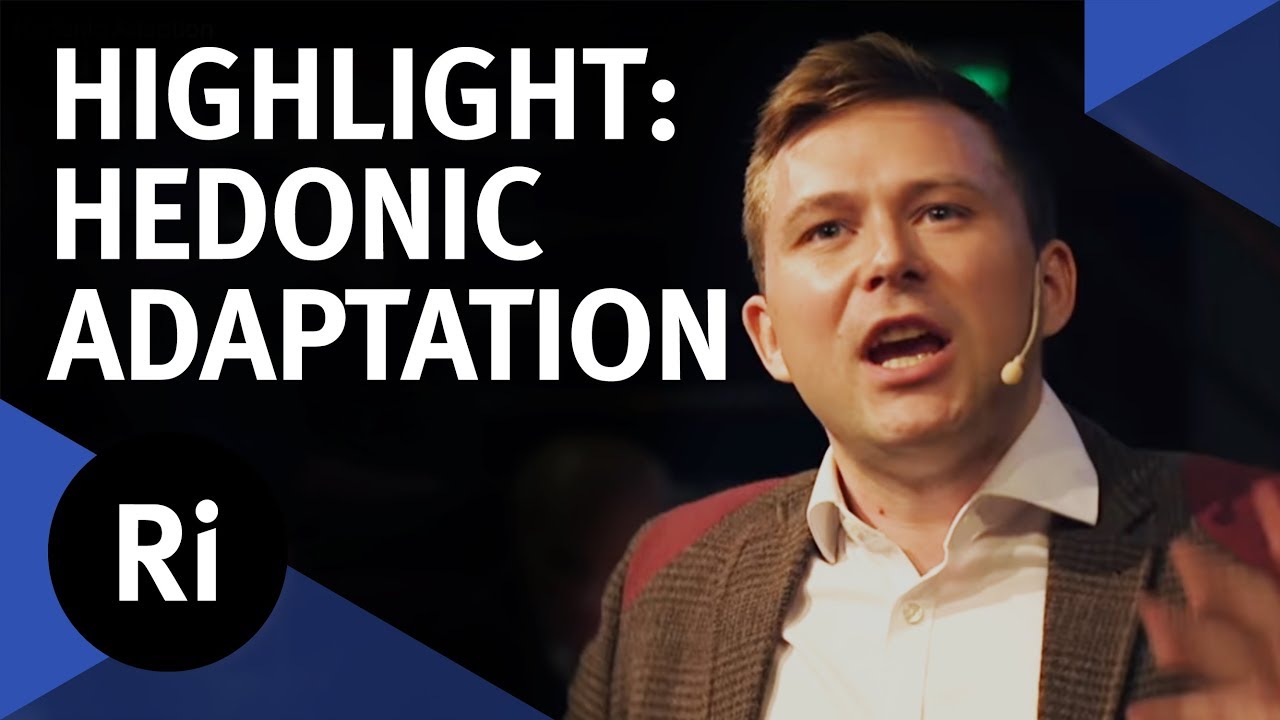
2. Luxury Goods: The Satisfaction Cycle
Fancy that Gucci bag or Rolex watch? Sure, they can make you feel on top of the world, but don’t be surprised when that euphoria doesn’t last long. Research published in the Journal of Personality and Social Psychology confirms that while purchasing luxury items can boost satisfaction, it often fades back to pre-purchase levels within a year. The ultimate challenge? You have to keep it fresh with new experiences that spark joy in your life. Don’t let a designer label determine your happiness!
3. Social Media FOMO (Fear of Missing Out)
Social media is a double-edged sword. Platforms like Instagram showcase glamorous lives and luxury vacations, leading many to feel an instant spike in happiness from likes and comments. Yet, those thrills soon wear off. The endless cycle of comparison can leave us feeling inadequate and depressed, making it vital to set boundaries. Limit your scrolling and focus more on real-life connections. Grab your friends, hit the gym, and let your journey be your own!
4. The Happiness Curve and Aging
Here’s a little gem for you: research indicates happiness often follows a U-shaped curve throughout our lives. Young adults revel in novelty and freedom, but as responsibilities pile up, the joy can diminish. Fear not! After reaching middle age, many find happiness resurging as they reassess values and prioritize meaningful experiences. It marks a turning point in life—much like the stages of labor. Embrace this evolution, for it can lead to lasting fulfillment that’ll keep you pumped for years to come!
5. Adapting to Relationship Changes
When you first dive into love, the rush of happiness feels euphoric. But like a new video game, the excitement can dwindle as you settle into a routine. Studies from sociologists indicate that couples experience a joyous high when they start a relationship, yet that joy stabilizes over time. It’s crucial to maintain that emotional connection and continually grow together. Have date nights and share your fitness goals! This way, you’ll keep the flame alive, transcending the effects of hedonic adaptation.
6. The Recumbent Bicycle Effect: Exercise and Adaptation
You ride your recumbent bicycle, feeling powerful, but eventually, boredom sets in. Every hobby has its honeymoon phase, and exercise routines are no exception. Sports psychologists recommend shaking things up to keep the excitement flowing. Ever tried cycling in different locations or joining a fitness class? This can rejuvenate your spirit and motivation. Challenge yourself and remember that growth occurs outside your comfort zone—just like those ripped abs you’re working toward!
7. Mindfulness Practices vs. Hedonic Adaptation
It’s time to get real—hedonic adaptation can diminish the everyday joy we experience. But here’s the silver lining! Mindfulness and gratitude practices can counteract this spiral. A study published in the Psychological Bulletin showed that individuals practicing mindfulness reported sustained happiness levels. So start appreciating the little things, whether it’s your morning workout or a well-cooked meal. This shift helps you treasure each moment and fend off the fatigue of the hedonic treadmill.

Navigating the Cycle of Hedonic Adaptation
Understanding the intricacies of hedonic adaptation can help us navigate the ups and downs of life. Remember, it’s not just about reaching goals; it’s about savoring the journey. Engage actively in activities that foster long-lasting happiness, like exploring new hobbies, reevaluating your relationship with social media, switching up your workout, or having open conversations with your partner. These approaches can significantly boost your well-being.
Empower yourself to break free from the vicious cycle of hedonic adaptation. Embrace change, seek new experiences, and nurture meaningful connections. When you reclaim joy, you ensure that life’s little pleasures continue to have that spark. While hedonic adaptation may sneak in now and then, you’ve got the power to create a genuinely fulfilling life. Keep pushing—those shredded six-pack abs are closer than you think!
So, get out there and make happiness a habit! Embrace every stage of your life with vigor as you navigate this journey called fitness—because happiness is a choice, and every day is a new opportunity to flex that joyful muscle!
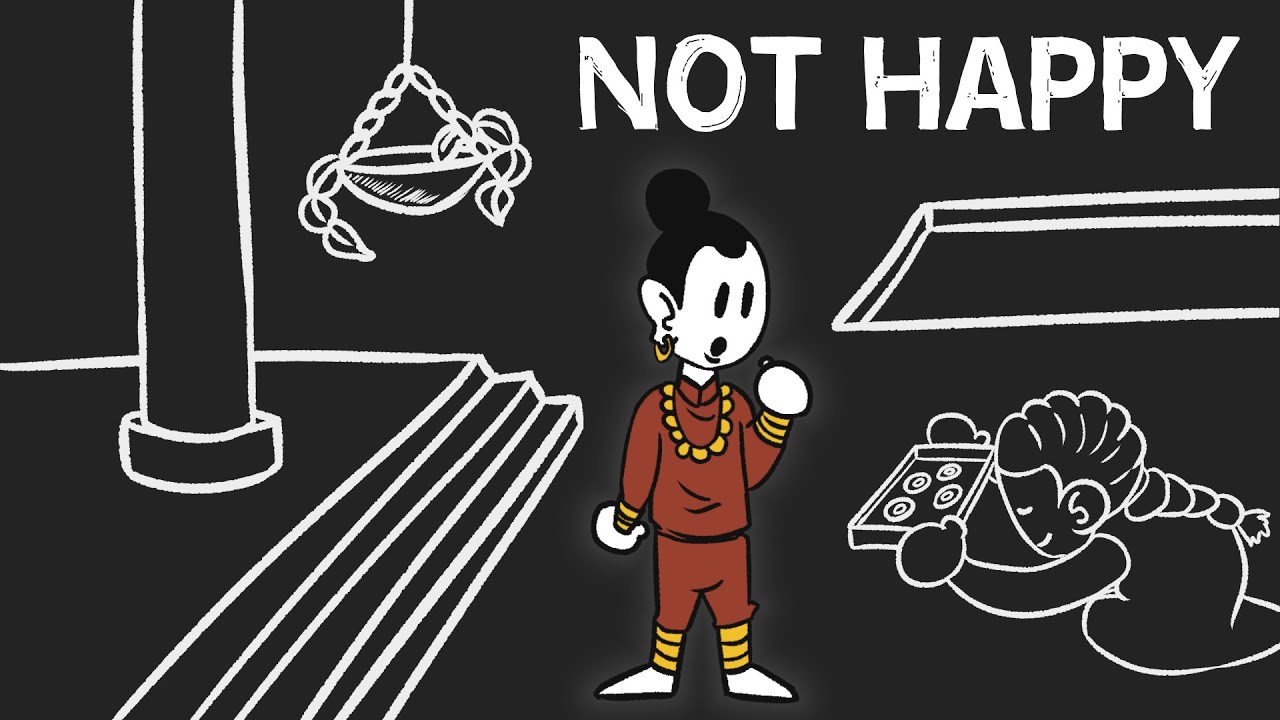
Hedonic Adaptation: How It Affects Your Happiness
What is Hedonic Adaptation?
Hedonic adaptation is all about how we get used to things—be it a new car, a fancy job, or even a major life change. You’re ecstatic about your upgrades at first, but over time, that thrill wanes, leaving you chasing the next big thing. Much like the thrill of finding a rare Moonrock, these bursts of joy can fade quickly. Interestingly, studies show that 70% of people experience this shift within just a few months of achieving their greatest goals. That’s life, huh?
But wait, it gets even more curious. Hedonic adaptation isn’t limited to material possessions; it also impacts emotions. Take relationships, for instance. Someone may feel thrilled at the start, but as you settle into familiarity, those just-post-date butterflies fade. Just ask Rachel Bradshaw, who knows a thing or two about love and commitment. Whether it’s navigating intense emotions or facing the celibate definition in dating, our emotional highs can just even out over time, making happiness a fleeting experience if we’re not careful.
Can It Impact Your Health?
Yes, indeed! There’s a surprise element here: emotional states can affect physical health. Individuals grappling with silent reflux might notice that emotional stressors exacerbate their condition. Happiness doesn’t just perk up our spirits; it’s essential for our bodies’ overall wellness. Take care of the mind, and the body typically follows, just like the peace found in the calm after a storm—like lock stock And barrel, sometimes we have to gather our thoughts and emotions to truly embrace well-being.
Moreover, studies reveal that unusual times, like during a pandemic, can change how these adaptations play out. Those who reported Covid flirt Symptoms found their happiness tied to social interactions, which illustrates how our emotional highs are influenced by external factors. Yet, just as we adapt to circumstances, it’s key to acknowledge how we can reshape our experiences and cherish moments that uplift us.
The Takeaway
In essence, hedonic adaptation is like catching the tide—hard to predict and control. Life’s moments come and go, like the fleeting nature of Moonface. While it’s easy to get caught in the loop of seeking joy through material or emotional highs, it’s crucial to pause and reflect on what truly brings satisfaction. Craft routines that amplify joy rather than lean solely on the next big thrill. Finding happiness isn’t about chasing after every new experience; sometimes, it’s the simple things that fill us up, like crafting memories instead of chasing them just to say we’ve “done” them.
So, the next time you feel that fun buzz fading, remind yourself to savor the moment. Life’s not a race; it’s more of a journey—one where happiness flourishes amidst the ups and downs. You might just discover that the real riches lie not in what you have but in how you feel throughout the ride. And remember, happiness isn’t the absence of challenges—it’s about how we respond to them, a lesson that’s as crucial as understanding the importance of an ulnar gutter splint for those unexpected injuries along the way!
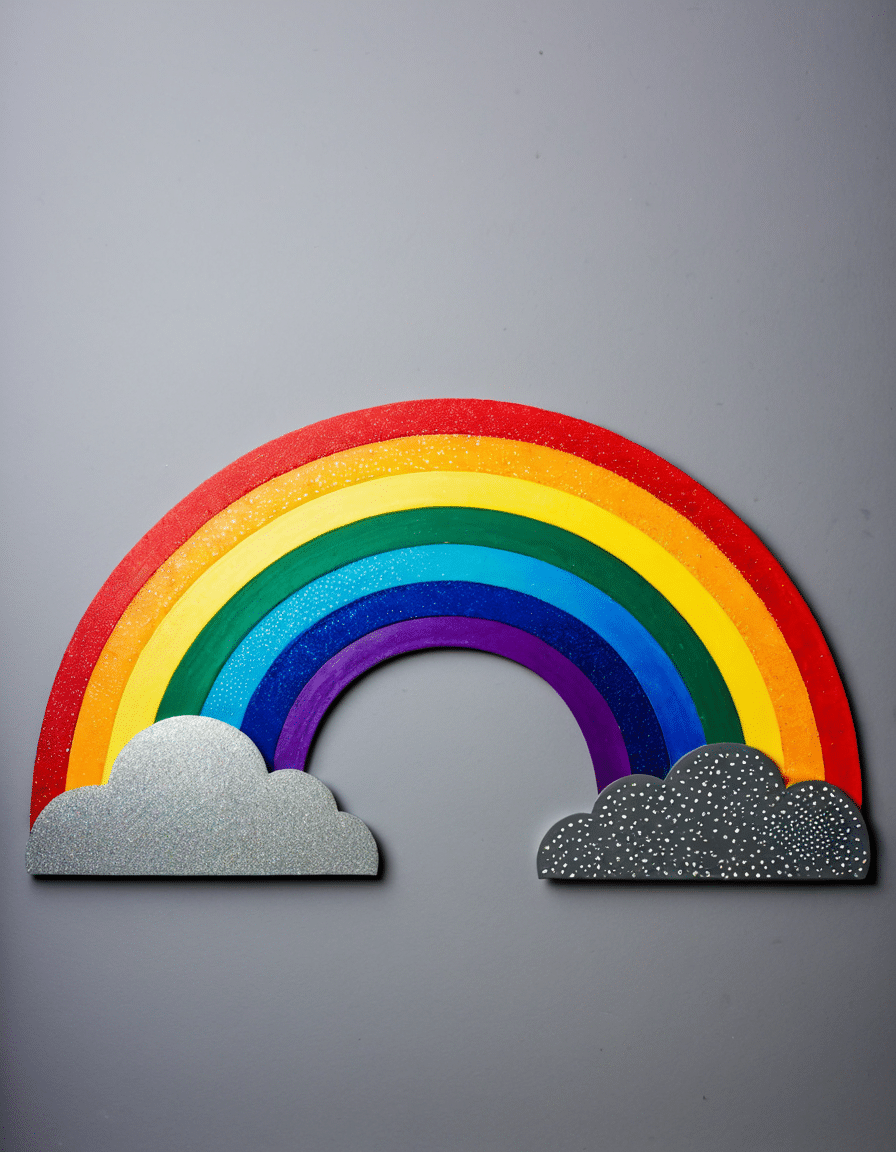
What is an example of a hedonic adaptation cycle?
A hedonic adaptation cycle often looks like someone buying a new car. At first, they’re super excited and love the shiny new toy, but over time, that thrill fades, and they start looking for their next big purchase to get that feeling back.
What is hedonic adaptation in psychology today?
In psychology today, hedonic adaptation refers to how people quickly return to a baseline level of happiness after experiencing positive or negative changes in their lives. It explains why we often need new things or experiences to continue feeling joyful.
What is an example of hedonic happiness?
An example of hedonic happiness is indulging in your favorite dessert after a long week. The joy from that sweet treat is immediate but tends to wear off quickly, leading you to seek out another treat soon after.
What is hedonic rehabilitation?
Hedonic rehabilitation is all about incorporating pleasurable activities into recovery processes. It focuses on using enjoyable experiences to enhance overall well-being while you’re healing or going through tough times.
What are examples of hedonic adaptation?
Examples of hedonic adaptation include getting used to a new job’s perks, enjoying a new relationship initially, or feeling happy about a new gadget, only to find that the excitement fades after some time.
How to beat hedonic adaptation?
To beat hedonic adaptation, folks can mix things up by trying new activities, practicing gratitude, and seeking deeper experiences rather than just material possessions. Variety can keep the joy alive.
What is another word for hedonic adaptation?
Another word for hedonic adaptation is “hedonic treadmill,” which captures the idea that people keep chasing happiness, but it often feels like they’re running in place, not getting very far.
How can hedonic adaptation be avoided?
Hedonic adaptation can be avoided by actively looking for new experiences or being mindful of happy moments. Engaging with life intentionally helps to sustain joy and appreciation over time.
What is a hedonistic lifestyle?
A hedonistic lifestyle generally revolves around the pursuit of pleasure and enjoyment, often prioritizing immediate satisfaction and joyful experiences over commitments and responsibilities.
What is a real life example of hedonism?
A real-life example of hedonism is someone who spends their weekends partying, dining at fancy restaurants, and indulging in lavish vacations without much thought for the long term, just enjoying the moment.
What is the opposite of hedonic happiness?
The opposite of hedonic happiness is often referred to as “eudaimonic happiness,” which emphasizes living a meaningful life and finding fulfillment from personal growth and purpose rather than just pleasure.
What is a hedonic mindset?
A hedonic mindset is a way of thinking focused on maximizing pleasure and minimizing pain. People with this mindset often seek immediate gratification in their daily lives.
Is hedonic adaptation good or bad?
Hedonic adaptation has both pros and cons. It helps us quickly adjust to changes in our lives but can also lead to a constant craving for new pleasures, which might leave us feeling unsatisfied over time.
What is it called when you always want more?
When someone always wants more, it can be called “insatiable desire” or “never-ending pursuit.” This feeling often stems from a lack of contentment with what they already have.
What is overstimulation of happiness?
Overstimulation of happiness happens when someone experiences so much pleasure that it starts to lose its impact, leading them to seek even more intense experiences to feel the same joy.
What is the meaning of hedonic adaptation?
Hedonic adaptation means our emotional response to pleasurable or painful experiences tends to fade over time, making it so that we don’t get quite as happy or sad about the same things after a while.
What is the hedonic effect in psychology?
The hedonic effect in psychology refers to how different stimuli, like food or activities, can evoke feelings of pleasure or discomfort based on individual experiences and preferences.
What is the hedonic approach in psychology?
The hedonic approach in psychology is a perspective that focuses on maximizing pleasure and minimizing suffering, often used in therapies aimed at enhancing overall happiness.
What is an example of a hedonic theory?
An example of a hedonic theory is the idea that people naturally seek to maximize pleasure and avoid pain, which underpins a lot of psychological and economic theories about decision-making.
What is an example of a hedonic model?
A hedonic model can refer to ways of valuing experiences based on their pleasure-inducing potential, like how economists might assess items based on their ability to provide enjoyment.
What is an example of a life cycle adaptation?
An example of a life cycle adaptation is how people adjust to major life changes, like retirement, by finding new ways to spend their time that still bring them joy, even if it’s different from what they were used to.
What is an example of a hedonic theory?
An example of an adaptation process could be how someone learns to cope with a significant life change, like moving to a new city, by gradually finding joy in their new surroundings, thereby adjusting their happiness levels.









